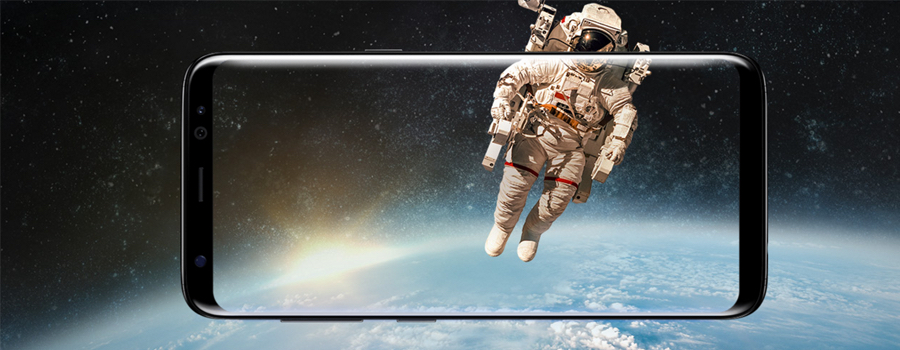Since 2011 there’s been a steady increase in the integration of virtual assistants into our operating systems and hardware, and they’re now beginning to become quite efficient. While they’re not on the level of Tony Stark’s “Jarvis” yet, they’re still one of the most futuristic-feeling pieces of technology we currently have at our disposal.
At the launch of the Galaxy S8 and S8+ Samsung joined the party announcing their own first-party software assistant, Bixby. However, Google already has a virtual assistant for Android and it’s a pretty good one at that. The introduction of Bixby continues Samsung’s trend of making their own versions of Google’s apps, attempting to create their own eco-system within the Android’s eco-system. Who exactly are Samsung trying to compete with: Google or Apple?
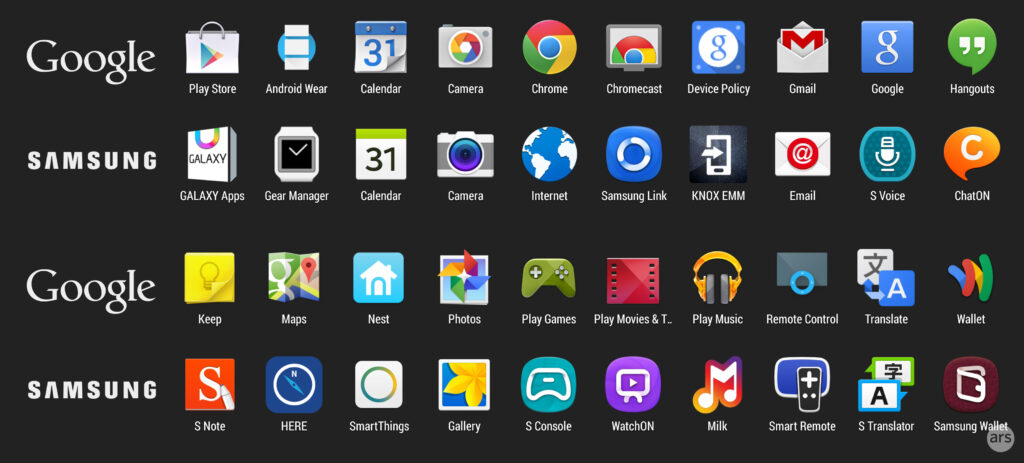
Apple introduced their voice controlled assistant, Siri, all the way back in 2011 with the iPhone 4s. Since then they’ve integrated it across iOS in both the iPhone and iPad, the most recent macOS update included Siri for the first time on their laptops and desktops, and their most recent release of Apple TV included Siri support with the help of the remote.
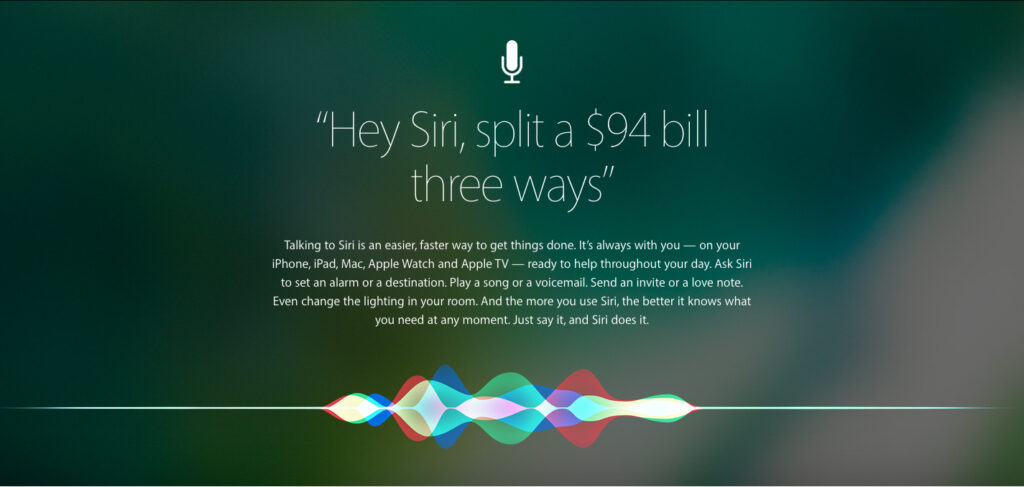
On the other side of the coin Google had serviceable voice control in the form of ‘Google Now’, which was superseded by the now best-in-class ‘Google Assistant’ with the release of the first generation of Pixel phones. Google Assistant is available with any phone running Android 7.0 Nougat and beyond and is set to become integrated into ChromeOS in the near future too.
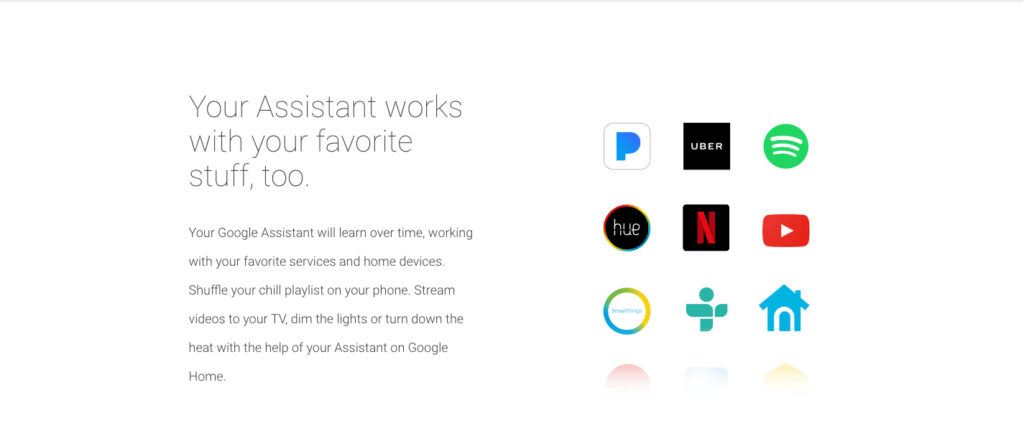
So where exactly does that leave Bixby?
When comparing the three assistants against each other they are strikingly similar. They can all control apps, set reminders and check the web for information. The only new feature Bixby offers is ‘Camera Search’ which allows the user to use their phone’s camera to search the web for objects around them. Whether this actually works in practice remains to be seen (initial tests suggest it’s inconsistent at best). At release Bixby still doesn’t support voice control, something integral to a virtual assistant. Until it’s added it renders Bixby virtually redundant.
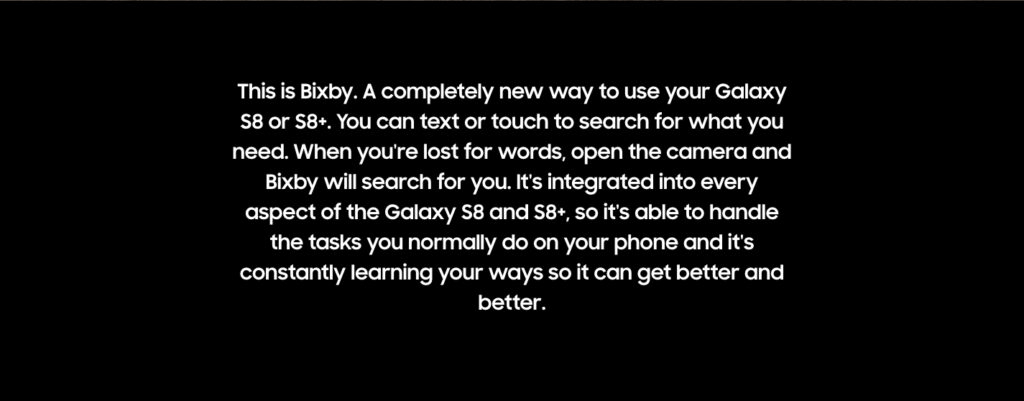
Bixby is not something Samsung have merely introduced so the software experience feels more complete out of the box, happy for you to use alternatives. Both the S8 and S8+ have their own dedicated button to launch the assistant. At release the button was re-mappable with third-party software, however, Samsung has since released an update that stops users customising the button – forcing owners into the Samsung eco-system.
While Google is hoping users’ reliance on their software suite and operating system pushes the sales of their hardware (i.e. the Pixel phone, Google Wi-Fi and Google Day-Dream), Samsung are using their majority share of the smartphone industry to create a reliance on their own versions of these apps and thus push the sales of their own alternative hardware: Samsung Gear and Gear VR.
If you’re already heavily integrated into Samsung’s eco-system then Bixby may be a revelation, offering a virtual assistant tailor-made for those apps. However, if you’re reliant on Google’s software for productivity but like Samsung’s hardware, then Bixby might be a major inconvenience. A virtual assistant forced upon you that, at this stage, you can’t offer a redundancy package to.

